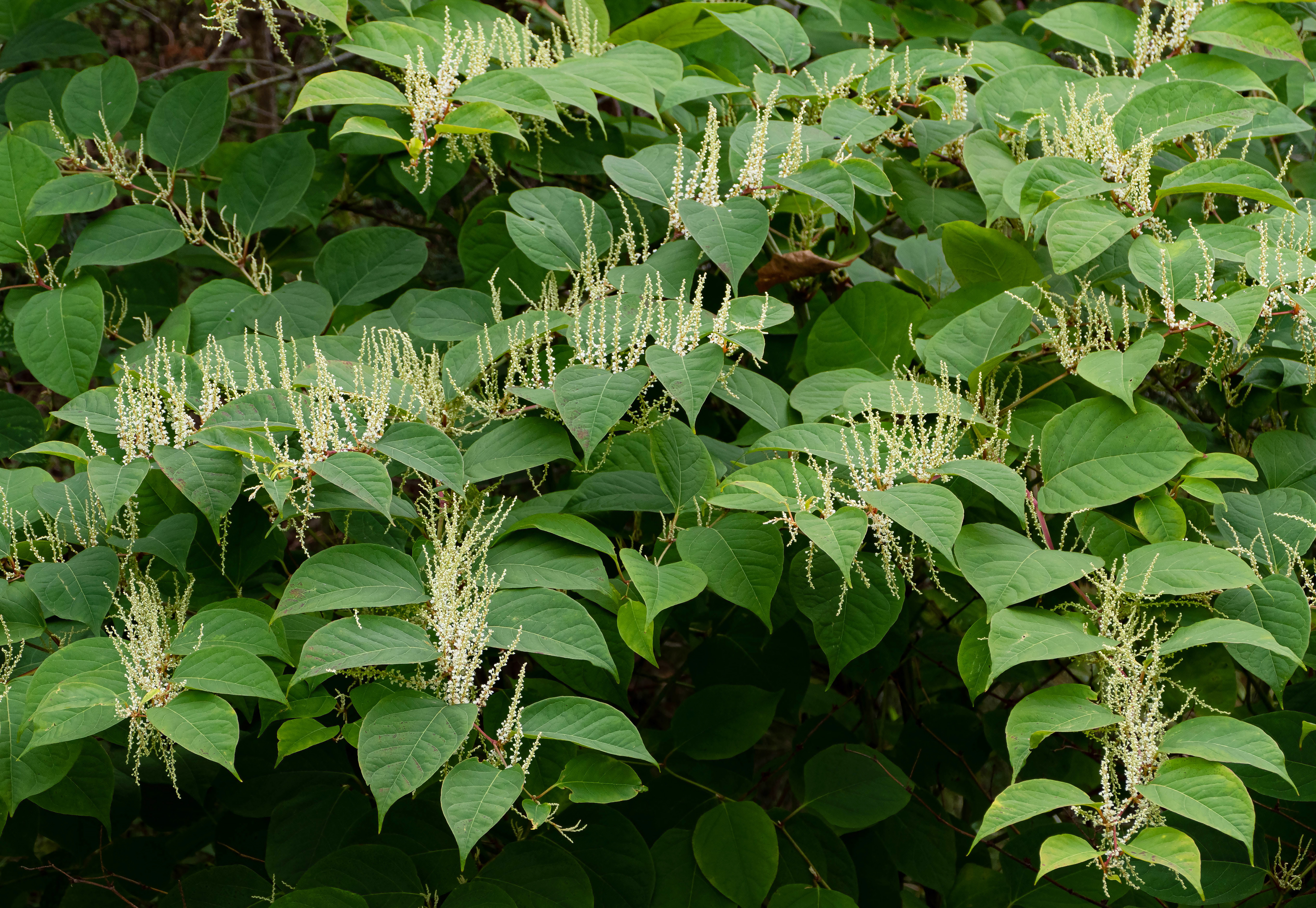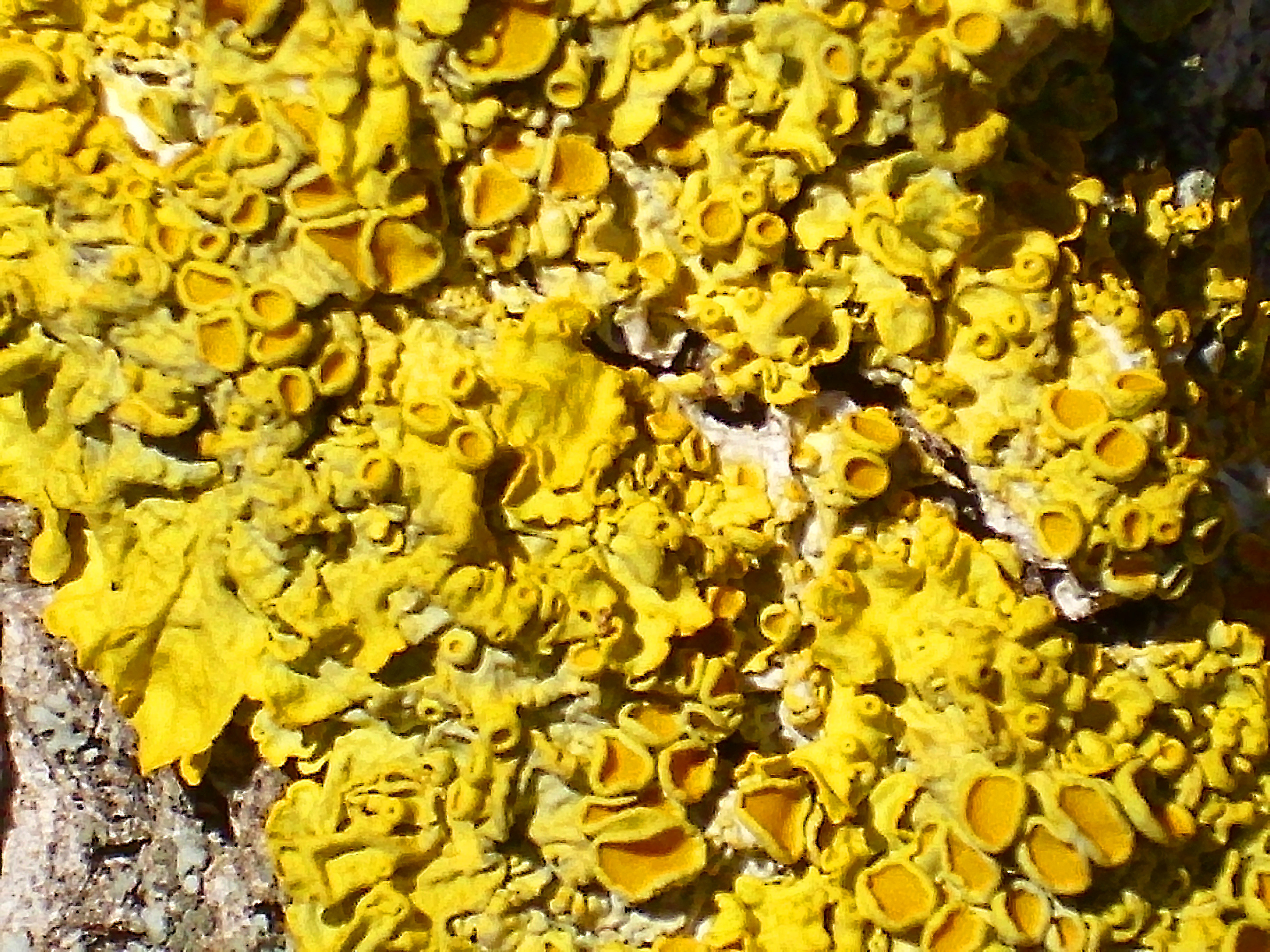|
Caloplaca Allanii
''Caloplaca allanii'' is a species of saxicolous (rock-dwelling) and crustose lichen in the family Teloschistaceae. Found in New Zealand, it was formally described as a new species by Alexander Zahlbruckner. The type specimen was collected by Lucy Cranwell on Anawhata Beach ( Waitākere Ranges, West Auckland) in 1932; she sent a dried specimen to Zahlbruckner for identification. The specific epithet ''allanii'' honours New Zealand botanist Harry Allan. For decades, ''Caloplaca allanii'' was a poorly known species, known only from the type collection, and it was assessed as data deficient in a 2012 conservation assessment of New Zealand lichens. In 2014, it was reported to have been rediscovered, and the range of the species was expanded. ''Caloplaca allanii'' is endemic to the Waitakere Ranges coastline west of Auckland, and has been recorded from Bethells Beach south to northern Manukau Heads. The lichen contains several secondary chemicals, including emodin, erythrogla ... [...More Info...] [...Related Items...] OR: [Wikipedia] [Google] [Baidu] |
Te Henga / Bethells Beach
Te Henga, or Bethells Beach, is a coastal community in West Auckland, New Zealand. The Māori name for the area, "Te Henga", is in reference to the long foredunes which run along the beach and look like the or gunwale of an upturned waka hull.TKITA-2013-0062 Cultural Values Assessment for Te Henga Local Area Plan, prepared by Te Kawerau Iwi Tribal Authority This name originally applied to a wide area of the lower Waitakere River valley, but during the early 1900s the area became popular with visiting European immigrants who began to refer to the area as "Bethells Beach" after the Bethell Family who live there and still own much of the area. In 1976 the New Zealand Geographic Board officially named the area "Te Henga (Bethells Beach)". The beach is approximately west of Auckland City, at the mouth of the Waitakere River where it flows into the Tasman Sea. One of several popular resorts in the area (others include Muriwai, Piha and Karekare), it is rated the 4th most danger ... [...More Info...] [...Related Items...] OR: [Wikipedia] [Google] [Baidu] |
Lichens Described In 1934
A lichen ( , ) is a composite organism that arises from algae or cyanobacteria living among filaments of multiple fungi species in a mutualistic relationship.Introduction to Lichens – An Alliance between Kingdoms . University of California Museum of Paleontology. Lichens have properties different from those of their component organisms. They come in many colors, sizes, and forms and are sometimes plant-like, but are not plants. They may have tiny, leafless branches ( fruticose); flat leaf-like structures ( foliose); grow crust ... [...More Info...] [...Related Items...] OR: [Wikipedia] [Google] [Baidu] |
Lichen Species
A lichen ( , ) is a composite organism that arises from algae or cyanobacteria living among filaments of multiple fungi species in a mutualistic relationship.Introduction to Lichens – An Alliance between Kingdoms . University of California Museum of Paleontology. Lichens have properties different from those of their component organisms. They come in many colors, sizes, and forms and are sometimes plant-like, but are not s. They may have tiny, leafless branches (); flat leaf-like structures ( |
Caloplaca
''Caloplaca'' is a lichen genus comprising a number of distinct species. Members of the genus are commonly called firedot lichen, jewel lichen.Field Guide to California Lichens, Stephen Sharnoff, Yale University Press, 2014, gold lichens, "orange lichens", but they are not always orange, as in the case of '' C. albovariegata''. The distribution of this lichen genus is worldwide, extending from Antarctica to the high Arctic. It includes a portion of northern North America and the Russian High Arctic. There are about thirty species of ''Caloplaca'' in the flora of the British Isles. An example species in this genus is ''Caloplaca saxicola'', a lichen with worldwide distribution including the Antarctic continent, Europe and northern North America including the northern reaches of the Canadian boreal forests. A new species of ''Caloplaca'', '' C. obamae'', the first species to be named in honor of Barack Obama, was discovered in 2007 on Santa Rosa Island in California and p ... [...More Info...] [...Related Items...] OR: [Wikipedia] [Google] [Baidu] |
List Of Caloplaca Species
This is a list of species in the lichen genus '' Caloplaca''. Although there were estimated to be more than 500 species in 2008, the family Teloschistaceae has undergone major revisions since then. Several molecular phylogenetic studies have been published that have established a phylogenetic framework to more appropriately classify lichens that were previously grouped in ''Caloplaca''. , Species Fungorum accepts 202 species of ''Caloplaca''. A *'' Caloplaca abbreviata'' *'' Caloplaca abuensis'' *'' Caloplaca adnexa'' *'' Caloplaca agrata'' *'' Caloplaca ahtii'' *'' Caloplaca akbarica'' *'' Caloplaca albopruinosa'' *'' Caloplaca albovariegata'' *'' Caloplaca alcarum'' *'' Caloplaca aliciae'' *'' Caloplaca allanii'' *'' Caloplaca almbornii'' *'' Caloplaca amsterdamensis'' *'' Caloplaca anularis'' *'' Caloplaca arandensis'' *'' Caloplaca archeri'' *'' Caloplaca areolata'' *'' Caloplaca aseptatospora'' *'' Caloplaca astonii'' *'' Caloplaca atroalba'' *'' Calop ... [...More Info...] [...Related Items...] OR: [Wikipedia] [Google] [Baidu] |
Teloschistin
Fallacinol (teloschistin) is an organic compound in the structural class of chemicals known as anthraquinones. It is found in some lichens, particularly in the family Teloschistaceae, as well as a couple of plants and non lichen-forming fungi. In 1936, Japanese chemists isolated a pigment named fallacin from the lichen ''Oxneria fallax'', which was later refined and assigned a tentative structural formula; by 1949, Indian chemists had isolated a substance from ''Teloschistes flavicans'' with an identical structural formula to fallacin. Later research further separated fallacin into two distinct pigments, fallacin-A (later called fallacinal) and fallacin-B (fallacinol). The latter compound is also known as teloschistin due to its structural match with the substance isolated earlier. History In 1936, Japanese chemists Mitizo Asano and Sinobu Fuziwara reported on their chemical investigations into the colour pigments of the lichen ''Xanthoria fallax'' (now known as ''Oxneria fallax'' ... [...More Info...] [...Related Items...] OR: [Wikipedia] [Google] [Baidu] |
Parietin
Parietin is the predominant cortical pigment of lichens in the genus '' Caloplaca'', a secondary product of the lichen ''Xanthoria parietina'', and a pigment found in the roots of Curled Dock (''Rumex crispus''). It has an orangy-yellow color and absorbs blue light. It is also known as physcion. It has also been shown to protect lichens against UV-B light, at high altitudes in Alpine regions. The UV-B light stimulates production of parietin and the parietin protects the lichens from damage. Lichens in arctic regions such as Svarlbard retain this capability though they do not encounter damaging levels of UV-B, a capability that could help protect the lichens in case of Ozone layer thinning. It has also shown anti-fungal activity against barley powdery mildew and cucumber powdery mildew, more efficiently in the latter case than treatments with fenarimol and polyoxin B. It reacts with KOH to form a deep, reddish-magenta compound. Effect on human cancer cells Also found in rhu ... [...More Info...] [...Related Items...] OR: [Wikipedia] [Google] [Baidu] |
Fallacinal
Fallacinal is an organic compound in the structural class of chemicals known as anthraquinones. It is found in many species of the lichen family Teloschistaceae. History In 1936, Japanese chemists Mitizo Asano and Sinobu Fuziwara reported on their investigations into the colour pigments of the lichen ''Xanthoria fallax'' (now known as ''Oxneria fallax''), found growing on the bark of mulberry trees. They isolated a biological pigment, pigment they named fallacin. A few years later Asano and Yosio Arata further purified the crude material from this lichen, ultimately obtaining an orange-yellow compound with a molecular formula of C16H12O6. Using information from additional chemical tests, they proposed a tentative structural formula for fallacin. In 1949, T. R. Seshadri and S. Subramanian described their work with the Indian lichen ''Teloschistes flavicans'', in which they isolated an orange substance they named teloschistin, and which had a structural formula identical to that of ... [...More Info...] [...Related Items...] OR: [Wikipedia] [Google] [Baidu] |
Emodin
Emodin (6-methyl-1,3,8-trihydroxyanthraquinone) is a chemical compound, of the anthraquinone family, that can be isolated from rhubarb, buckthorn, and Japanese knotweed (''Reynoutria japonica'' syn. ''Polygonum cuspidatum''). Emodin is particularly abundant in the roots of the Chinese rhubarb (Rheum palmatum), knotweed and knotgrass (Polygonum cuspidatum and multiflorum) as well as Hawaii ‘au‘auko‘i cassia seeds or coffee weed (Semen cassia). It is specifically isolated from Rheum palmatum L. It is also produced by many species of fungi, including members of the genera ''Aspergillus'', ''Pyrenochaeta'', and ''Pestalotiopsis'', inter alia. The common name is derived from ''Rheum emodi'', a taxonomic synonym of ''Rheum australe'', (Himalayan rhubarb) and synonyms include emodol, frangula emodin, rheum emodin, 3-methyl-1,6,8-trihydroxyanthraquinone, Schüttgelb (Schuttgelb), and Persian Berry Lake. Pharmacology Emodin is an active component of several plants used in Traditiona ... [...More Info...] [...Related Items...] OR: [Wikipedia] [Google] [Baidu] |


.jpg)

